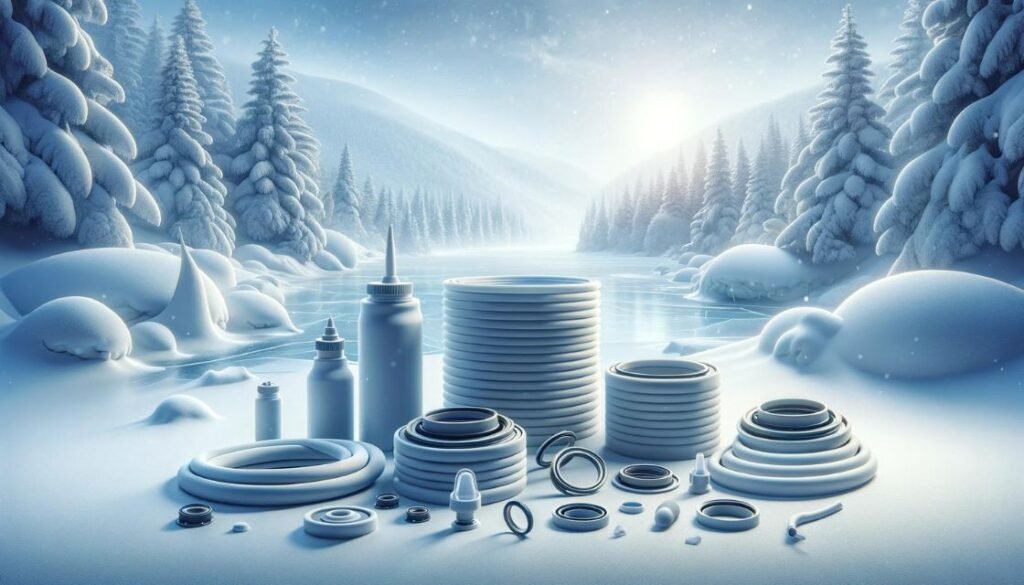Imagine materials cracking under the cold. Now, think of silicone. It’s different. It stays strong and flexible, even in deep freeze. Why is this important? Because not all materials can take the cold without breaking down.
Silicone is amazing in the cold. It doesn’t get brittle or break like other materials. Instead, it stays flexible and strong, making it perfect for use in freezing conditions.
This makes us curious. What else can silicone do in the cold?
Why is Silicone So Good in the Cold?
Silicone’s secret is in its makeup. It stays flexible down to -100°C (-148°F). This flexibility is key in cold weather, where other materials fail.
How Does Silicone Stack Up Against Other Materials?
Compared to PVC or rubber, silicone wins in the cold. While others get hard and crack, silicone keeps its stretch and strength. This makes it the go-to for tough, cold jobs.

Where Do We Use Silicone in the Cold?
Silicone’s toughness makes it perfect for many uses. In planes and space, it seals and protects against leaks in the cold sky. It keeps outdoor lights and electrical gear safe from the cold. It’s even used in super cold science, staying strong in freezing temps.
Are There Any Cold Challenges for Silicone?
Yes, but choosing the right type of silicone helps. Some silicones are made extra strong for the coldest places. Picking the right one is key to making sure it does its job in the freeze.
How Do We Know Silicone Can Take the Cold?
Tests, tests, and more tests. Silicone goes into cold chambers to see how it holds up. These tests show if it keeps its stretch and strength in the deep freeze, making sure it’s up for the cold challenge.
Conclusion
Silicone is a cold-weather champion. It stays flexible and strong, where others would crack and fail. This makes it a top pick for jobs that face the freeze.